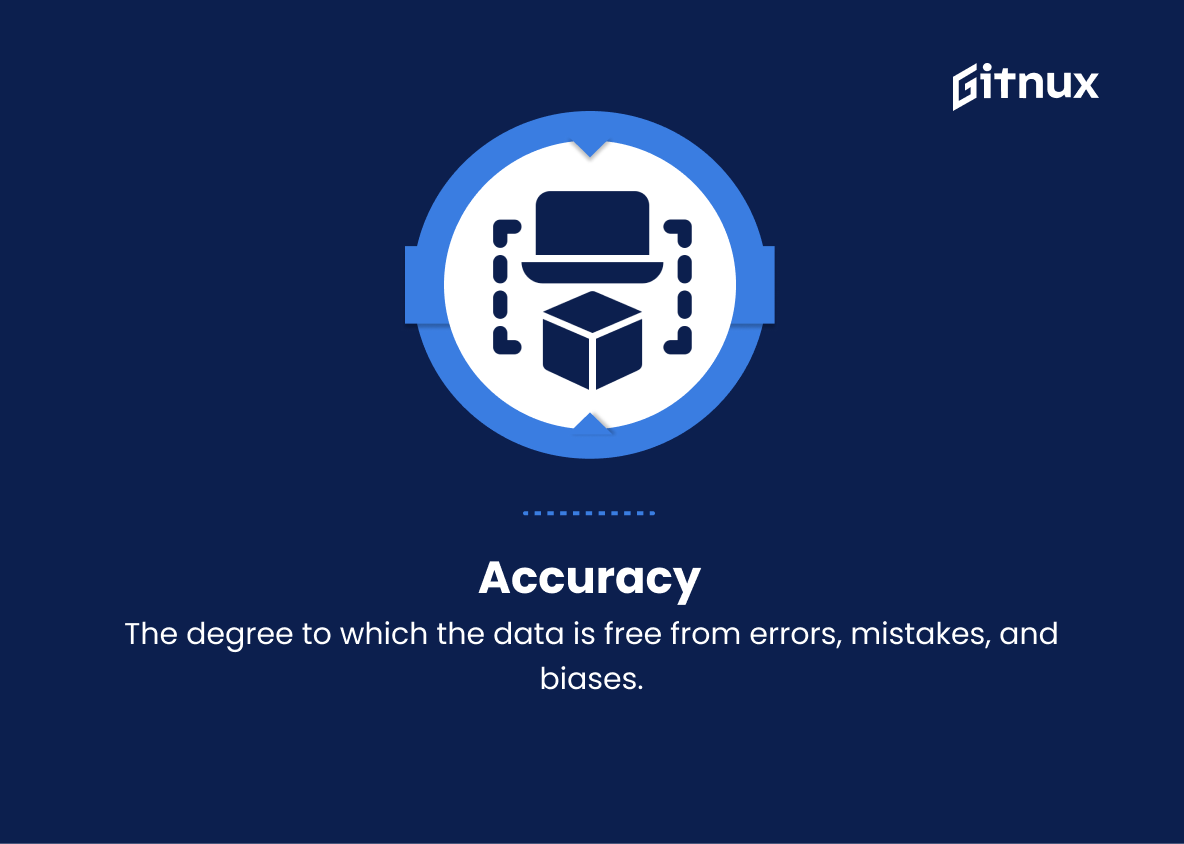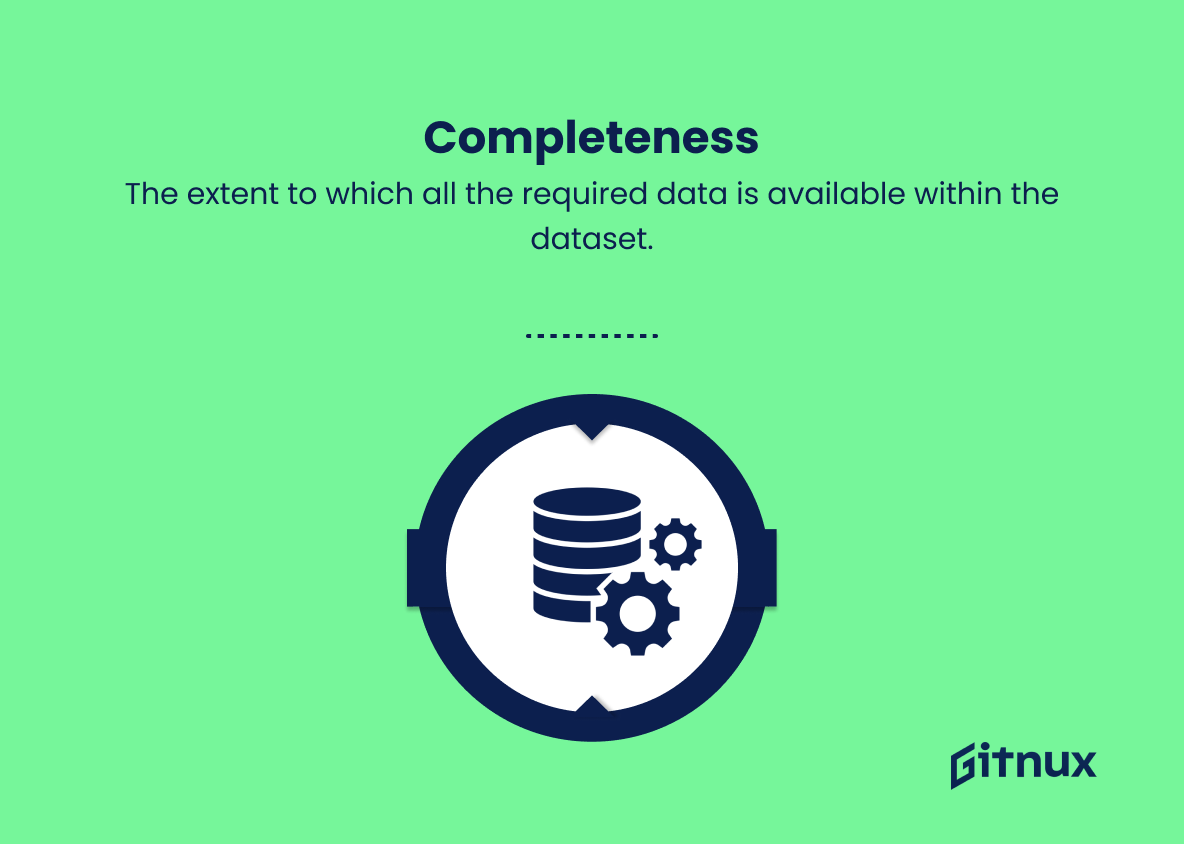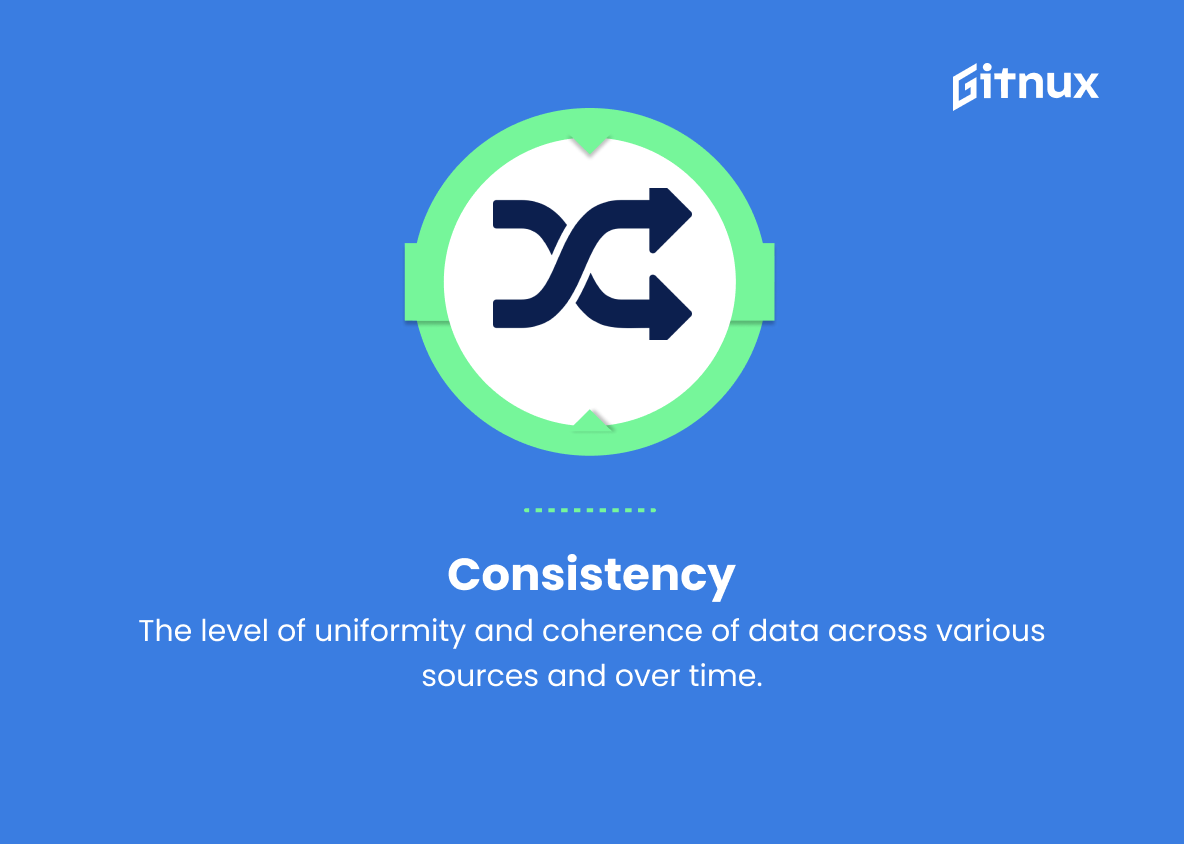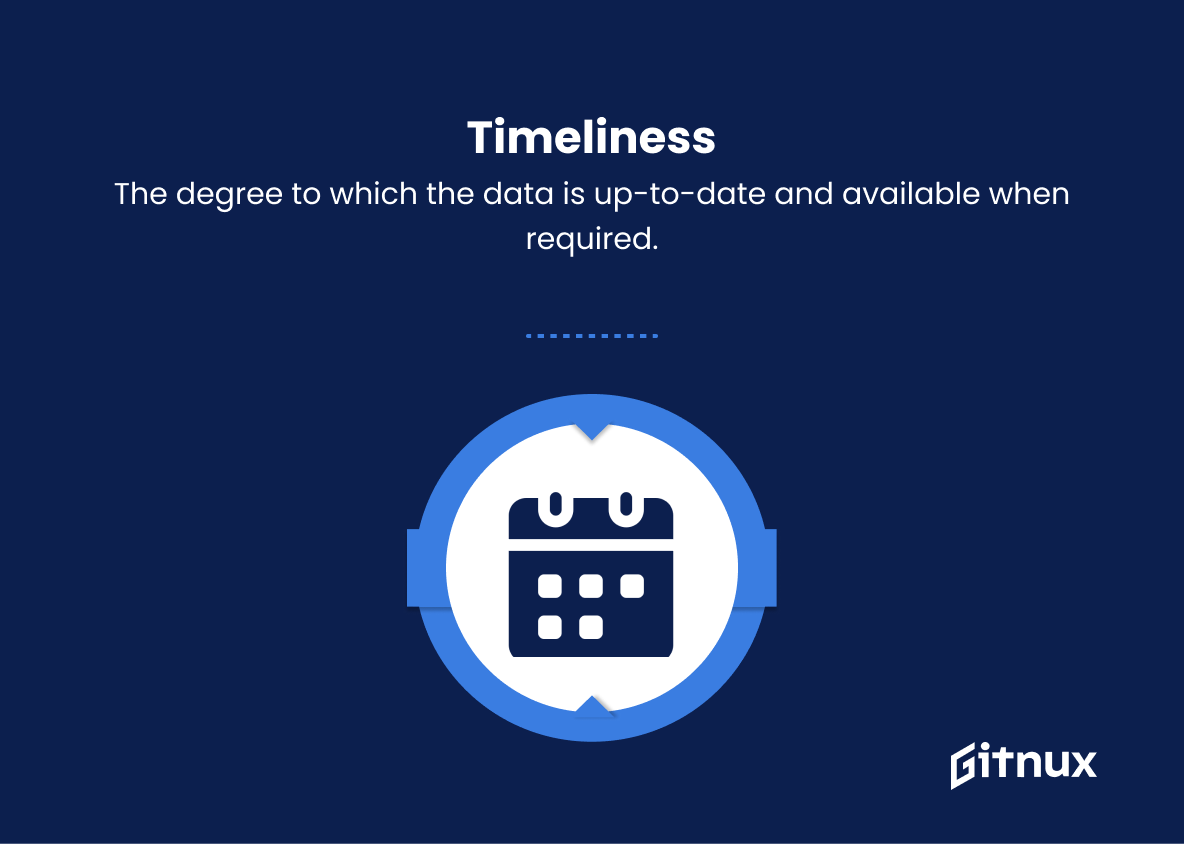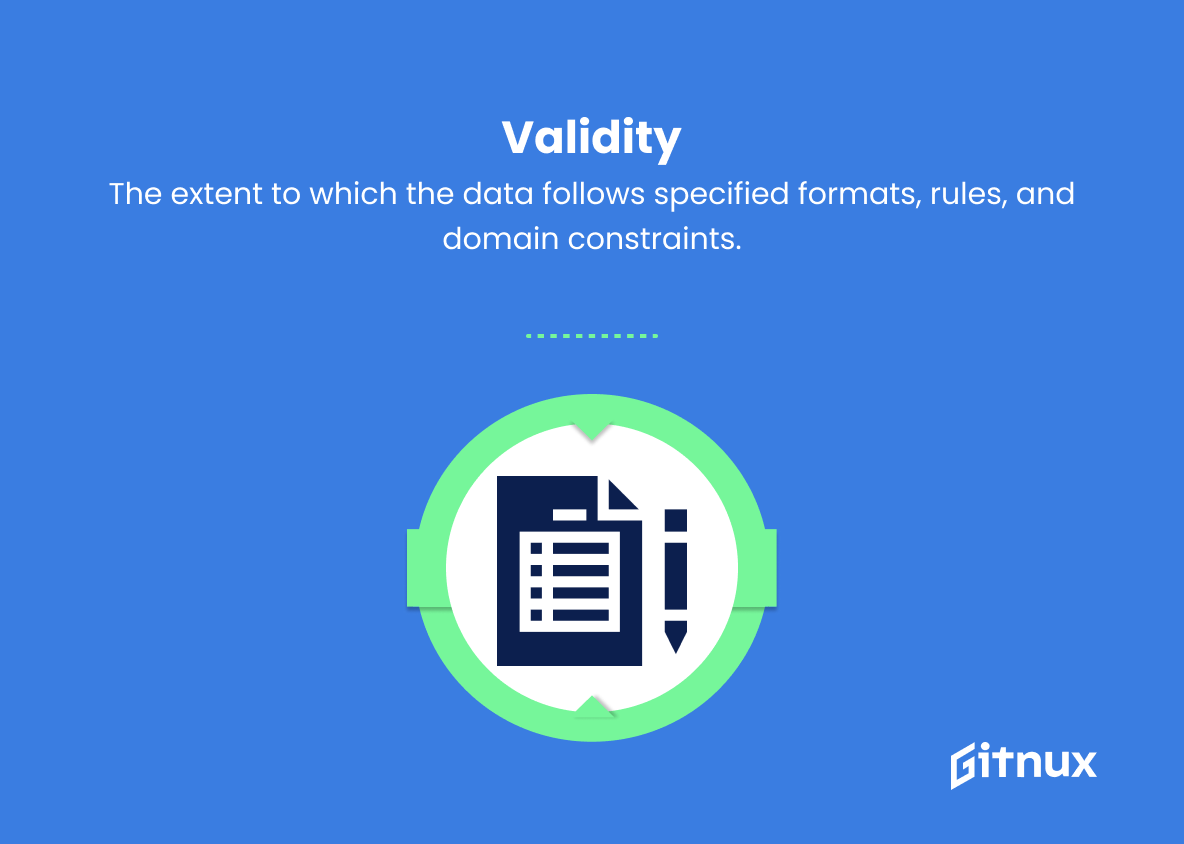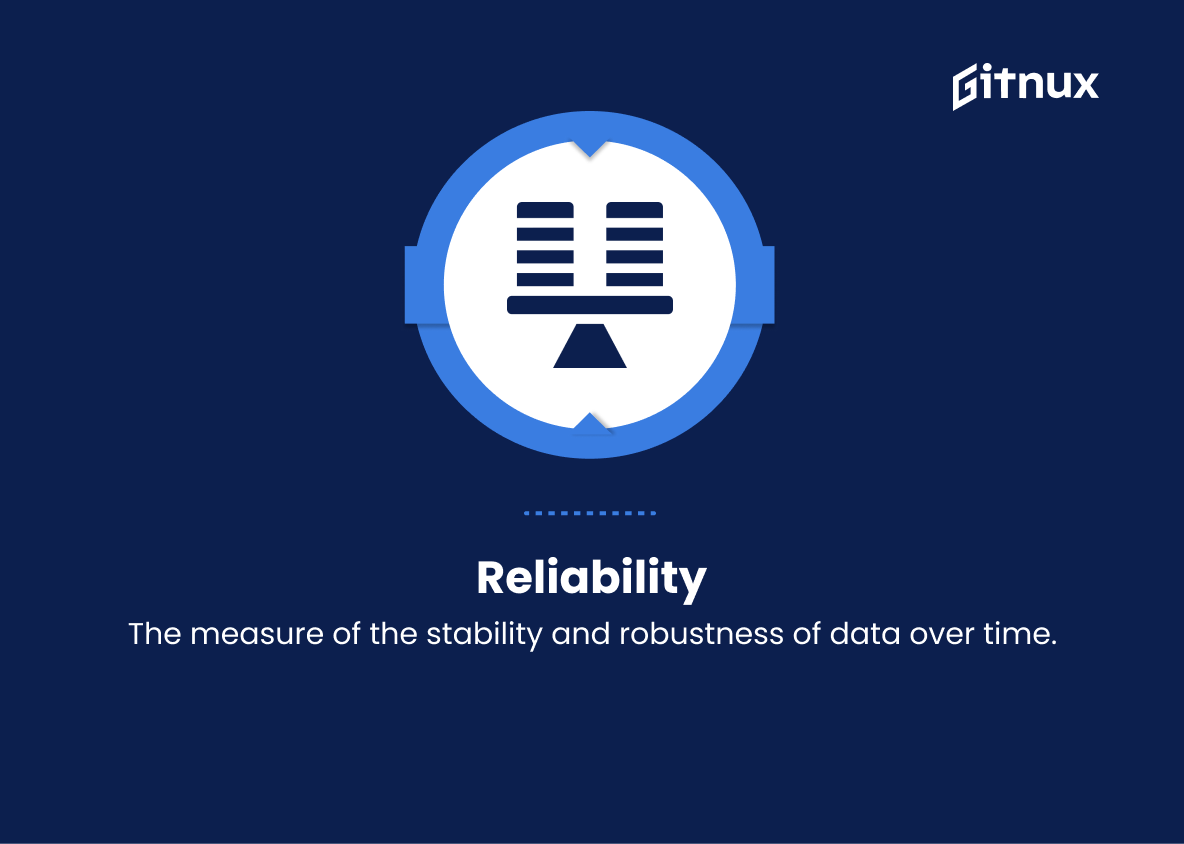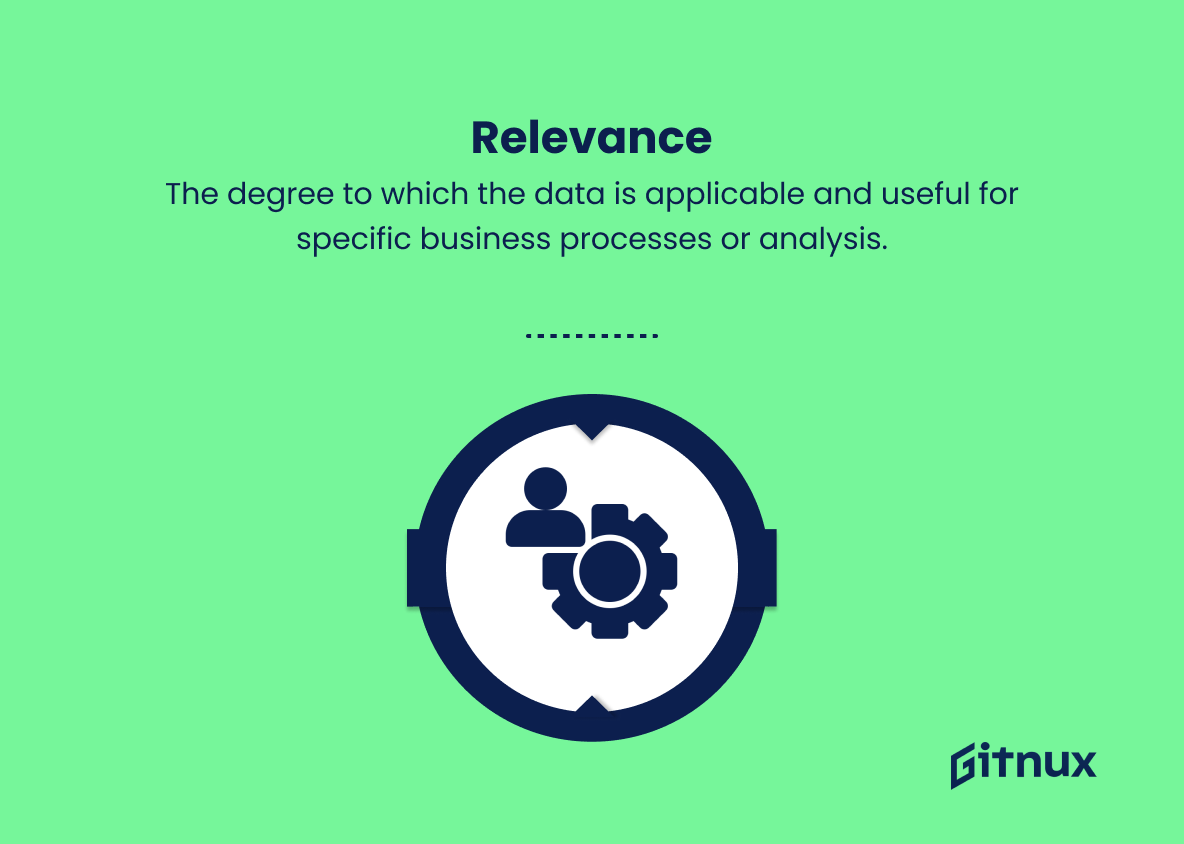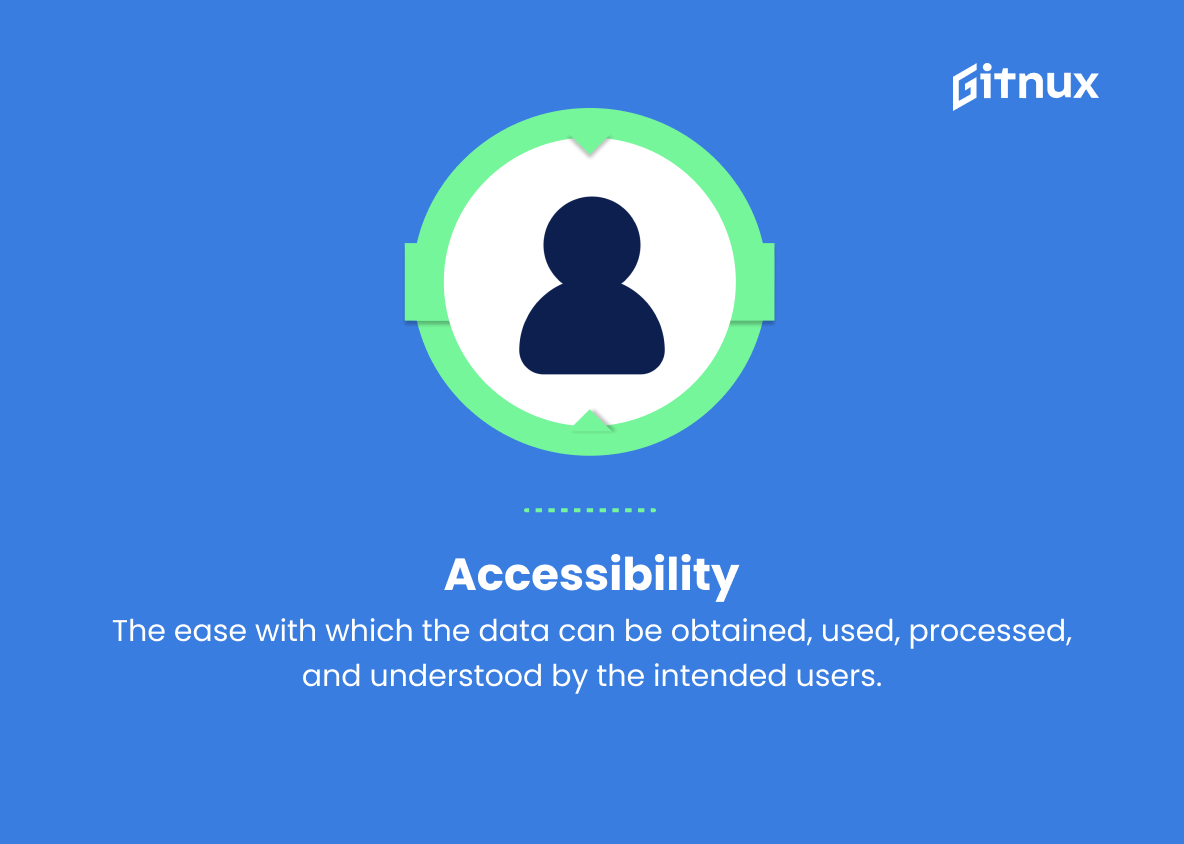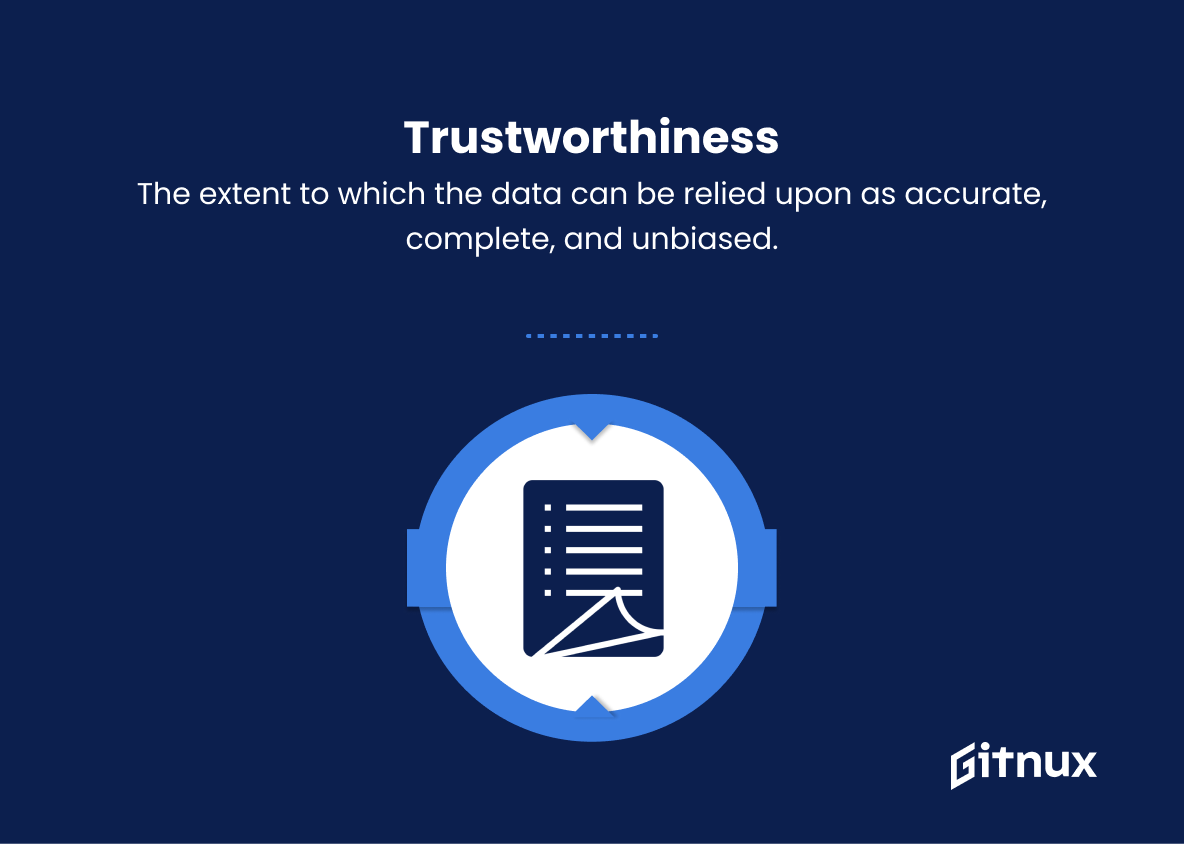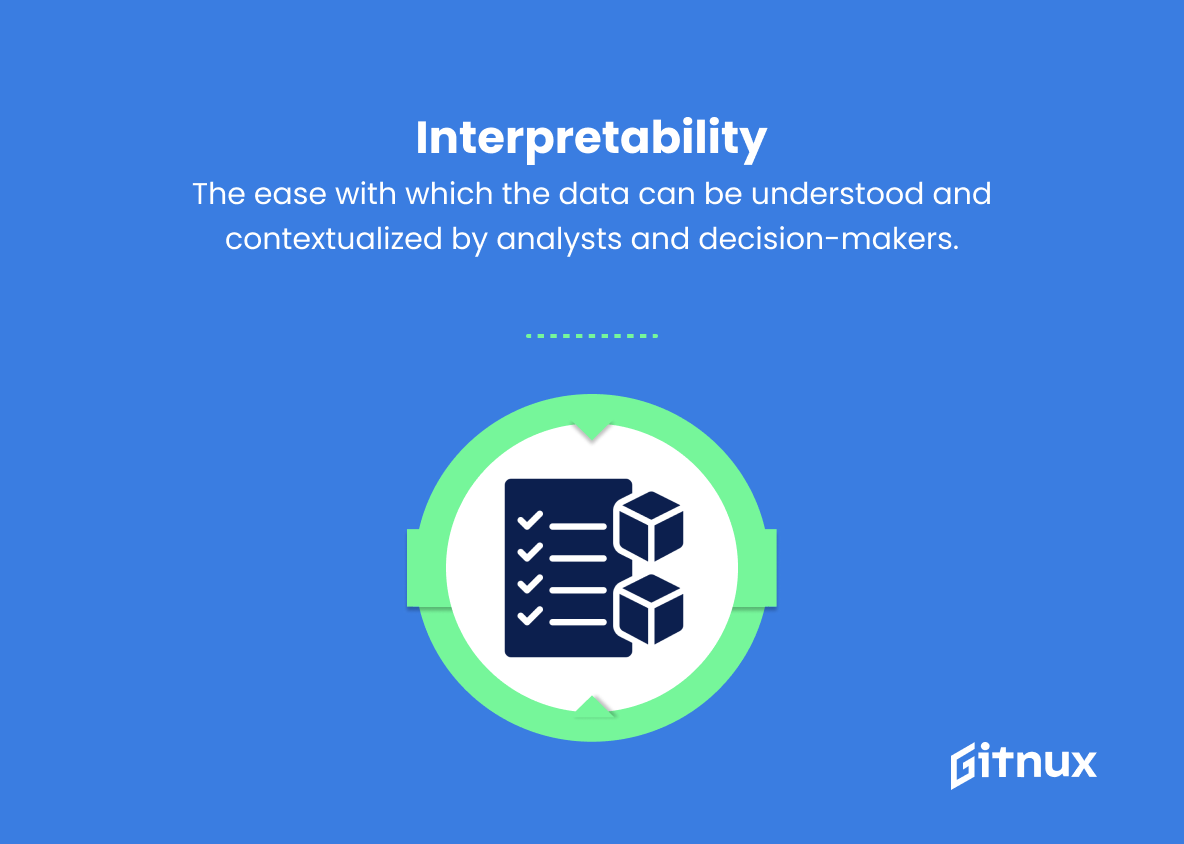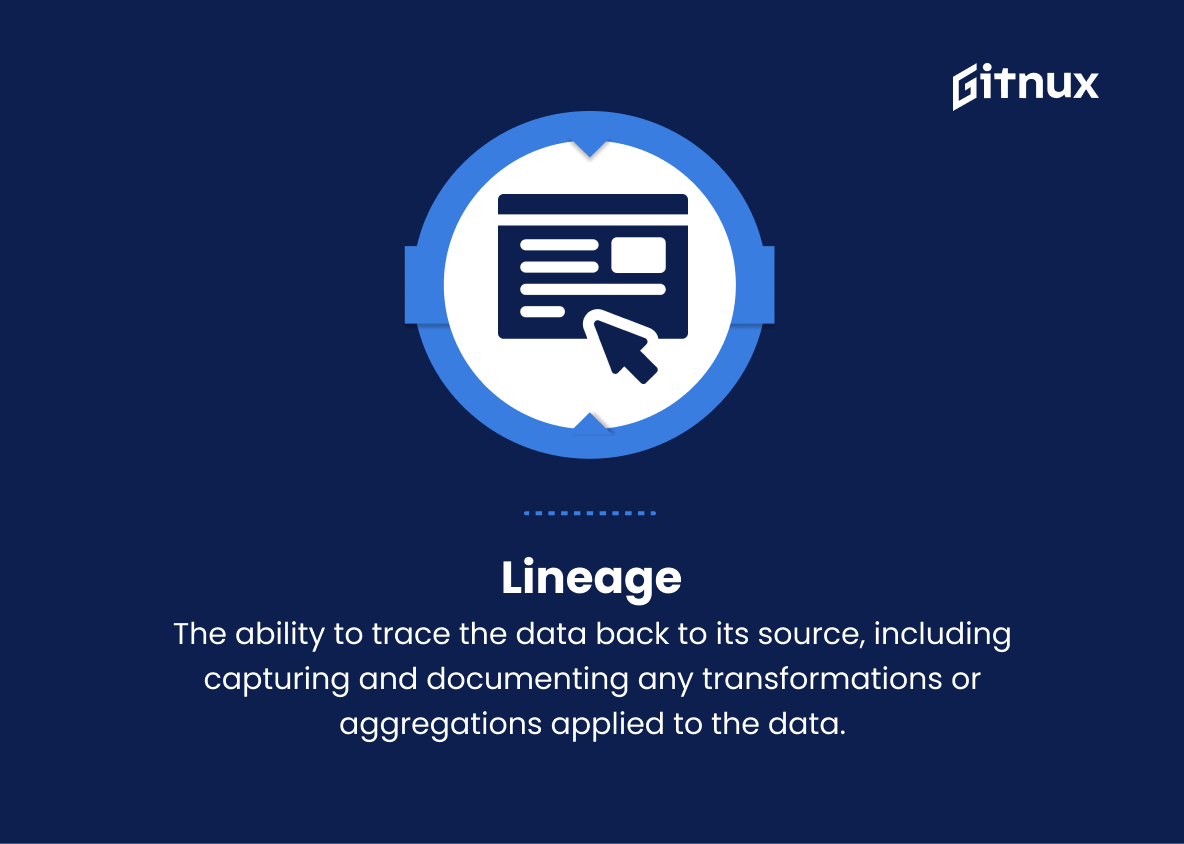In today’s data-driven world, ensuring the quality and reliability of information is paramount for businesses to thrive and make informed decisions. As organizations rely heavily on vast amounts of data for strategic planning and operational efficiency, understanding the significance of data quality metrics is crucial. In this blog post, we will delve into the various aspects of data quality metrics, their importance, and how they can transform the way businesses operate. By implementing these metrics, organizations can gain valuable insights, maintain data integrity, and drive sustainable growth. Let us embark on this comprehensive journey towards improved data quality and unleash the potential of data-driven decision-making.
Data Quality Metrics You Should Know
1. Accuracy
The degree to which the data is free from errors, mistakes, and biases. It measures the correctness of the data in comparison with the true values.
2. Completeness
The extent to which all the required data is available within the dataset. It assesses if any essential data points or records are missing.
3. Consistency
The level of uniformity and coherence of data across various sources and over time. Consistency is important in maintaining reliable and efficient data processing and analysis.
4. Timeliness
The degree to which the data is up-to-date and available when required. This metric ensures that data is still relevant to the current situation or decision-making process.
5. Uniqueness
The measure of redundant data in the dataset. This metric helps in identifying and removing duplicate data, resulting in leaner and more efficient datasets.
6. Validity
The extent to which the data follows specified formats, rules, and domain constraints. Validity ensures data is formatted correctly and adheres to predefined business rules and regulations.
7. Reliability
The measure of the stability and robustness of data over time. Reliable data maintains its quality even as it goes through transformations or is integrated with other data.
8. Relevance
The degree to which the data is applicable and useful for specific business processes or analysis. Relevance ensures that the data meets the current needs and objectives of an organization.
9. Accessibility
The ease with which the data can be obtained, used, processed, and understood by the intended users. Accessibility covers both technical and organizational aspects of data availability and sharing.
10. Trustworthiness
The extent to which the data can be relied upon as accurate, complete, and unbiased. Trustworthiness is generally established by gathering data from credible and authoritative sources.
11. Granularity
The level of detail or aggregation present in the data. Granularity indicates whether the data is captured at an appropriate level of detail for the intended analysis or usage.
12. Interpretability
The ease with which the data can be understood and contextualized by analysts and decision-makers. Interpretability is crucial for drawing meaningful insights from the data.
13. Lineage
The ability to trace the data back to its source, including capturing and documenting any transformations or aggregations applied to the data. Data lineage enhances transparency, auditability, and trust in the data.
Data Quality Metrics Explained
Data quality metrics ensure high-quality data for decision-making. Accuracy maintains data is error-free, completeness assesses essential data availability, and consistency ensures uniformity. Timeliness keeps data relevant, uniqueness eliminates redundancy, and validity observes business rules. Reliability measures stability, relevance checks applicability, accessibility denotes ease of use, and trustworthiness refers to credibility. Granularity measures detail, interpretability verifies understanding, and lineage tracks data to its source. Together, these metrics guarantee meaningful insights and informed decisions.
Conclusion
In summary, data quality metrics play an indispensable role in today’s data-driven landscape. Ensuring high-quality data not only improves decision-making processes but significantly boosts business outcomes, customer satisfaction, and overall operational efficiency. Organizations must recognize the importance of adopting data quality metrics and strategies as fundamental components of their operational landscape. By continually monitoring, evaluating, and refining these metrics, companies can achieve a competitive advantage, stay relevant in the market, and drive their success towards new heights. The future of successful enterprises ultimately relies on the effectiveness of their data quality management, making it imperative for businesses to prioritize data quality as a core organizational element.
